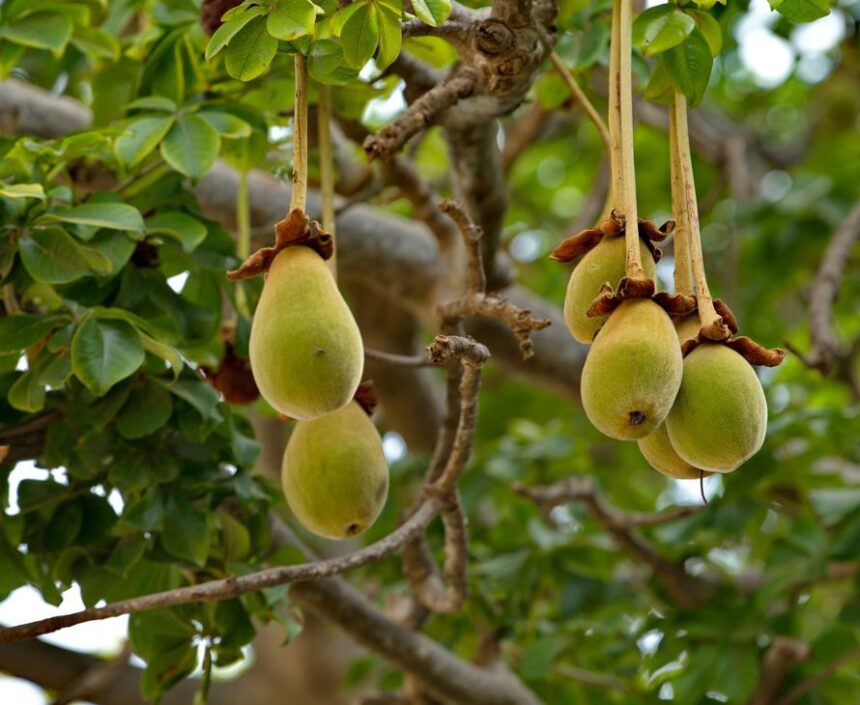The baobab tree, often referred to as the “tree of life,” is an iconic symbol of the African landscape. Its fruit, rich in nutrients and health benefits, has gained global recognition as a superfood. However, while the demand for baobab fruit is soaring, the harvesters who collect this precious commodity are struggling to make a living. This article delves into the reasons behind the increasing demand for baobab fruit, its health properties, and the economic challenges faced by those who harvest it.
The nutritional powerhouse
Baobab fruit is celebrated for its impressive nutritional profile. It is packed with vitamin C, antioxidants, fiber, and essential minerals such as potassium, calcium, and magnesium. The fruit’s pulp, seeds, and leaves are all utilized in various forms, from powders and oils to supplements and beauty products. These health benefits have propelled baobab fruit into the spotlight, making it a sought-after ingredient in the wellness and natural food industries.
Global market growth
The global market for baobab products has seen a significant surge in recent years. Consumers are increasingly seeking natural and organic products, and baobab fits perfectly into this trend. The fruit’s versatility allows it to be incorporated into smoothies, energy bars, skincare products, and even beverages. This growing demand is not limited to Western markets; there is also a rising interest in baobab within Africa’s urban centers, where health-conscious consumers are embracing its benefits.
The harvesters’ plight
Despite the booming market, the harvesters of baobab fruit, primarily rural African women, face severe economic hardships. These harvesters often work under challenging conditions, waking up before dawn to forage for the fruit. They walk long distances, sometimes barefoot, through thorny and wildlife-rich terrains. The income they earn is meagre, with many earning as little as 17 cents per kilogram of fruit. This income is barely enough to cover basic necessities, let alone provide a sustainable livelihood.
Environmental and economic challenges
The baobab tree is resilient, capable of withstanding droughts and harsh climates. However, climate change poses a significant threat to its survival. Prolonged droughts and changing weather patterns can affect fruit production, further exacerbating the economic struggles of harvesters. Additionally, the lack of infrastructure and market access in rural areas means that harvesters often have to sell their produce at low prices to middlemen, who then profit from the global market.
Efforts for fair trade and sustainability
There are ongoing efforts to address these challenges and ensure that baobab harvesters receive fair compensation. Organizations like the African Baobab Alliance are working to promote fair trade practices and improve market access for rural communities. These initiatives aim to empower harvesters by providing training in food safety and sustainable harvesting techniques. By creating direct links between harvesters and buyers, these organizations hope to ensure that a larger share of the profits reaches the communities that depend on baobab for their livelihoods.
The journey of baobab fruit from the African savanna to global markets showcases its impressive health benefits and versatility.However, the economic disparity between the booming demand and the struggling harvesters highlights the need for more equitable and sustainable practices. As consumers, being aware of the origins of our superfoods and supporting fair trade initiatives can contribute to a more just and sustainable baobab industry.
ALSO READ: Harnessing the power of lotus leaves: A breakthrough in green energy














Thank you for your sharing. I am worried that I lack creative ideas. It is your article that makes me full of hope. Thank you. But, I have a question, can you help me?